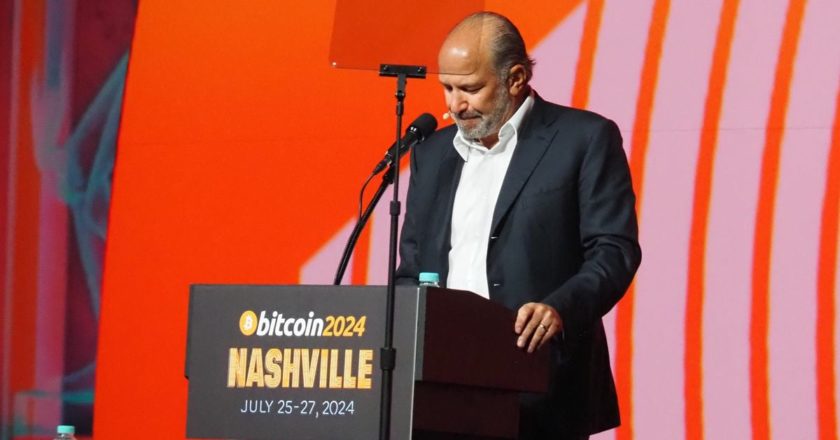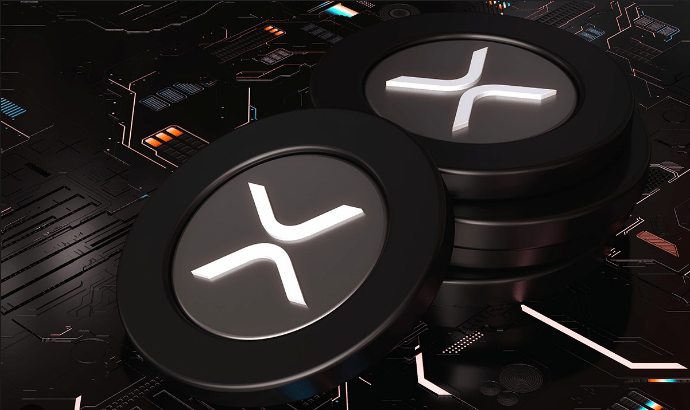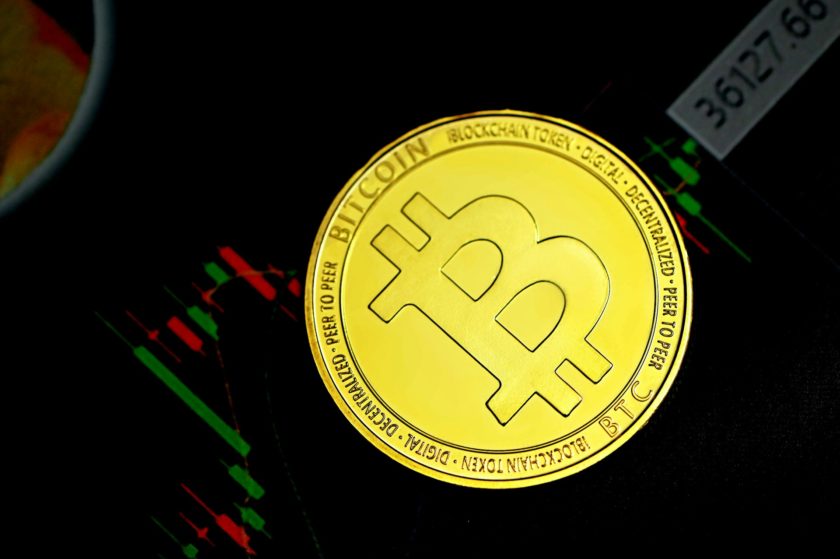Controversial stablecoin Tether is in the spotlight again after changes to the details of the way in which it backs up tokens in supply.
As reported on March 14, various online users noted and posted disconcerting changes to the Tether website, which have seemingly altered the way that the company is providing surety for the tokens it issues.
Tether is a stablecoin backed up by the United States dollar at a 1:1 ratio, meaning the company has $1 for every USDT that is in circulation. This has long been a point of contention by the wider cryptocurrency community due to the fact that Tether has never carried out a third-party audit of its financial accounts.
While the exact date of the change is not known, Tether’s website has seemingly adjusted the details of how it ensures a reserve for circulating tokens, with the “100% Backed” statement no longer claiming that every USDT is backed by fiat currency:
“Every tether is always 100% backed by our reserves, which include traditional currency and cash equivalents and, from time to time, may include other assets and receivables from loans made by Tether to third parties, which may include affiliated entities.”
It is the latest twist in Tether’s chequered history, which Cointelegraph has delved into at length.
Debatable assurances of reserves
The company’s latest attestation of its financial accounts is a document from law firm Freeh, Sporkin & Sullivan LLP, which provided confirmation of Tether’s currency reserves in 2018.
A number of clauses near the end of the document make the assurances unsubstantial.
Firstly, Freeh, Sporkin & Sullivan is not an accounting firm, and did not make the confirmations using generally accepted accounting principles. The document also makes it clear that the confirmation should not be construed as the result of an official audit.
The findings are also only seen as being valid as of June 2018, meaning the company still has not provided third-party assurance of reserves for circulating currency for over nine months.
Tether also had to carry out a search for another banking service provider following its split with Puerto Rico-based Noble Bank in October 2018. The company provided proof of banking with Bahamas-based Deltec Bank in November.
Following this, a report from Bloomberg in December 2018 claimed that the company did indeed have the necessary cash reserves in its new bank accounts.
All the while during this period, USDT struggled to hold its 1:1 peg with the US dollar, as its value dipped below the $1 mark. This set off waves of fresh controversy, as the cryptocurrency struggled to retain its stablecoin status.
It is worth noting that Tether is not the only stablecoin that has struggled to maintain its 1:1 peg to the U.S. dollar.
The Dai (DAI) stablecoin, which is also backed by the US dollar, has dipped below the $1 mark on various exchanges, prompting developers to propose a hike in fees in order to maintain its peg.
Industry experts raise concerns of fractional reserve
With the cryptocurrency community raising the alarm bells around Tether’s change in reserve policy, industry experts have also joined in and given their take on the situation.
Tuur Demeester, a renowned cryptocurrency investor and analyst, provided some a number of tweets, unpacking what he described as a slippery slope to Tether operating a fractional reserve system:
“Slippery language by Tether. “100% backed” <=> “may also include receivables from loans issued”. Imo this is a clear transition from full to fractional reserve banking.”
“Note how Tether’s comment that their reserves “may also include other assets” opens the door to backing by virtually anything, with fuzzy valuation assumptions. Would be helpful to at least see more details from the contractual fineprint.”
Replying to questions from Cointelegraph, Demeester said in an email the main concern was how Tether would be investing some its reserves and the liquidity of those assets in order to satisfy the potential redemption of a large amount of tokens at any given time:
“I can only speculate, but based on USDT currently trading almost at par with USD, I would venture a guess that at this moment Tether does have adequate cash reserves to survive a “run on the bank.” My concern is mainly about the precedent that this change in the terms is setting: it opens the door to potentially start investing Tether’s reserve in assets that are illiquid or hard to value.”
XDex analyst and crypto-podcast host Fernando Ulrich also weighed in on the controversial changes to Tether’s website. In a lengthy Twitter thread, Ulrich unpacked his views on fractional reserve banking and how Tether’s operations should be cause for concern.
Writing directly to Cointelegraph, Ulrich’s focus was not on whether Tether has the necessary reserves for circulating USDT, but the quality and nature of these reserves:
“I do believe Tether has 100% of reserves for issued tokens. But again, that’s not the problem, the problem is the quality of these reserves. Are they made of 50% Treasury-Bills, 30% bank certificate of deposits, and 20% receivables? Or is it 99% Treasury-Bills? We don’t know, and therein lies the problem. It’s the quality of reserves, not the quantity.”
Another point of concern raised over the past two years is Tether’s connection to cryptocurrency exchange Bitfinex. The companies share the some of the same leadership, including CEO JL van der Velde,
There have been allegations that Bitfinex issued Tether tokens over the past few years effectively on credit. Ulrich believes this could have serious ramifications for the cryptocurrency market, if people are using USDT to buy other cryptocurrencies.
“I do find it concerning, especially because the possibility of issuing tokens on credit results in liquidity that can affect prices in the short-term. Furthermore, it may put Tether in an illiquidity situation, possibly causing a run on its reserves. Given that their main exchanges (by average daily volume) rely on USDT for its BTC/USD trading pair, it can surely affect these markets. The whole thing may cause turbulence for the crypto markets in the short-term.”
Bitfinex went as far as threatening legal action against various social media commentators in December 2017 that were speculating about the relationship between these two companies.
Tether refutes claims
Tether’s general counsel Stuart Hoegner responded to Cointelegraph’s request for comment on a number of issued raised by various members of the wider community.
First, Hoegner stated that Tether’s reserve includes cash, cash equivalents, and other assets – while maintaining that these reserves are equal to or greater than the amount of USDT in circulation.
Hoegner declined to elaborate on the type of assets that the company would be using as reserves, but said the decision to change its reserve policy was a result of the changing stablecoin landscape:
“We generally do not comment on the specific composition of our reserves, but this change in optionality reflects the growth of Tether and the growth of the stablecoin industry — and attendant, non-demand account options — more generally.”
When asked to comment on claims that Tether does not have reserves equal to the amount of USDT in circulation, Hoegner asserted that the company did have necessary reserves and was openly transparent about its holding on its website:
“Tethers remain completely stable and 100% backed, so Tether’s reserves always equal or exceed the number of issued Tethers. Moreover, our reserves are posted in real time on Tether.to.”
He was also asked if and when Tether would carry out a third-party audit of its accounts. Hoegner said Tether’s website provided a transparent account of its reserves – which it deems adequate.
“Tether operates as transparently as possible. We publish the value of our reserves daily, and provide 24/7 access to our bank balance and value of reserves.”
Critics’ claims that Tether is also operating a fractional reserve system was also refuted by the company. Hoegner stated that Tether does not have a banking business lending reserve amounts to retail customers.
“Tether’s reserves remain, and have always been, 100% backed by its reserves. Tether maintains the ability to honour all redemption requests.”
In his replies to Cointelegraph, Xdex’s Ulrich said that these claims by Tether cannot truly be trusted until an official third party audit is carried out:
“There’s no way to confirm it without an audited financial statement from a reputable firm. We can only speculate. What I can say is that the updated terms of service opens the possibility for that to happen. From now onwards, Tether can issue tokens on credit and the “outstanding receivable” may serve as reserves for issued tokens. Furthermore, it isn’t clear the extent to which such reserves can be used. Would it be possible to have 10% of reserves as receivables? 50%? 90%? What about the maturity of receivables? Only up to 30 days or even longer? The terms of service don’t make it clear. So my guess everything is possible, and that should be a cause of concern for holders of USDT.”
Ulrich also brings up an interesting point regarding the major holders of USDT and what situations could test the liquidity of Tether and its reserves.
A potential acid test would require a large amount of USDT token holders to ask for redemption of their tokens, which would force Tether to prove its liquidity.
According to Tether’s Rich List on its website, Binance holds over $732 million in USDT and Huobi holds $264 million – accounting for half of all USDT in circulation. Ulrich says these relationships pose some interesting questions:
“Would they want to force Tether into illiquidity by redeeming tokens? Have they bought USDTs on credit as well? How much do they owe (if at all) to Tether? It’s an intricate relationship lacking transparency.”
As Demeester points out, any holder of USDT would do well to pose some serious questions to the company about its accounts and how it intends to invest in certain assets classed as reserves:
“If I had interest in buying or holding USDT, I would want to know in more detail how the exactly the reserves are invested.”
Tether trudges onward
Despite the fresh controversy surrounding Tether, the company is forging ahead with efforts to increase the availability of Tether tokens to more players in the cryptocurrency space.
At the beginning of March, Tether announced plans to partner up with blockchain protocol Tron (TRX), which would see USDT being issued on the Tron blockchain later this year.
USDT will be issued as an TRC-20 token and will be compatible with Tron-based decentralized applications. This will allow USDT to be used for transactions on the Tron blockchain.




